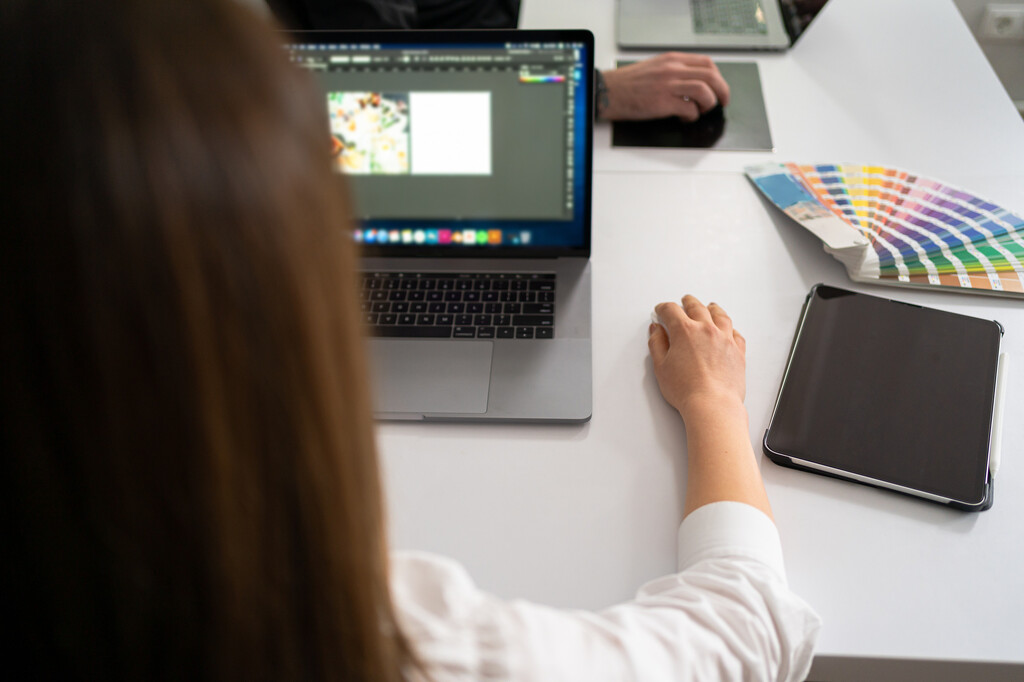
In a competitive market, packaging is an essential element of brand identity and consumer engagement. Its visual appeal, functionality and durability have a direct impact on a product's success. To achieve excellence in this field, marketing teams rely on software with advanced functions. For companies and packaging designers alike, mastery of these tools is essential to stay at the cutting edge and create impactful packaging concepts.
Understanding the role of packaging design software
Packaging design software plays a multifaceted role in the creative process, transforming conceptual ideas into tangible, market-ready products. These tools dramatically improve efficiency by automating repetitive tasks, facilitating seamless collaboration and providing accurate simulations. By taking advantage of advanced functions such as 3D modeling, rendering and structural analysis, teams can visualize and refine their concepts in a virtual environment, reducing the need for costly physical prototypes.
The software also enables designers to push back the boundaries of creativity, experiment with innovative models and explore different materials and finishes. The right software not only improves the quality and efficiency of packaging designs, but also ensures brand consistency and accuracy throughout the production process.
Top 5 packaging design software
1. Adobe Illustrator
Adobe Illustrator is a graphic design essential, offering comprehensive vector graphics editing capabilities. Its precision and versatility make it ideal for creating complex packaging requiring scaling and high resolution. Graphic designers can manipulate shapes, colors and typography with unrivalled control, ensuring that every detail of the packaging reflects the brand's identity.
2. ArtiosCAD
Esko's ArtiosCAD is structural packaging design software for 2D and 3D design, virtual prototyping and product development. It lets you create complex designs, manage 3D CAD data and design displays. Integration with Adobe Illustrator and Cape Pack is possible. ArtiosCAD streamlines structural design, development, prototyping and manufacturing. ArtiosCAD Preflight detects potential quality problems. The software supports 2D and 3D creation, visualization, virtual prototyping and various 3D formats. It promotes sustainability by minimizing waste and ensuring accurate measurements to reduce production costs.
3. Pacdora
Pacdora is a platform dedicated to mock-ups and cutting models for packaging. It offers tools for generating 3D models, creating cutting templates, using 3D modeling software and an artificial intelligence background generator, to enhance products. The platform offers over 5,000 editable 3D models in various categories, including boxes, T-shirts, bags, books, bottles, cans and more. It also provides over 3,000 cutting templates for folding boxes, flap boxes, paper bags and more, enabling users to customize dimensions and materials. Pacdora simplifies product design by allowing users to upload designs and instantly preview them in 3D. Reviews highlight its user-friendly interface, numerous options and time-saving features.
4. PackHelp
Packhelp is a packaging design services tool that lets you design packaging in minutes. Thanks to the online editor and a catalog of over 1,000 templates, graphic designers and other users can visualize the final result and upload their logo, choose their brand colors and add elements of their graphic charter as they wish, use original templates and make as many modifications as they wish. The services associated with this tool are quite extensive and offer several advantages, including real-time 3D visualization, as well as visualization with cut and fold lines for more advanced projects.
5. Atom Millnet: simplifying packaging artwork approval
In a packaging project, the packaging artwork approval process is a critical step that can be confusing, especially when several parties are involved. The Millnet tool centralizes the entire process on a single platform. Each version of the file is accessible at the click of a button, with a clear history of modifications and annotations directly visible on the visual. No more juggling between several emails to find a correction or check the latest validated version. For a packaging designer, this means considerable time savings, fewer errors due to misinterpretation of feedback, and smoother collaboration with marketing, production and regulatory teams. A major advantage for delivering compliant designs without stress or loss of information.
Conclusion
The evolution of packaging design has been considerably influenced by the development of sophisticated software tools. These tools promote creativity, streamline work processes and guarantee the production of high-quality, high-impact packaging. Choosing the right software is crucial to success in today's competitive marketplace. By exploring the diverse range of tools available, designers can find the ideal tool to meet their specific needs and take their packaging designs to new heights. It's also a good idea to turn to your photoengraver, such as Miller Graphics, for a complete solution like the Atom suite, of which Millnet is one module.




